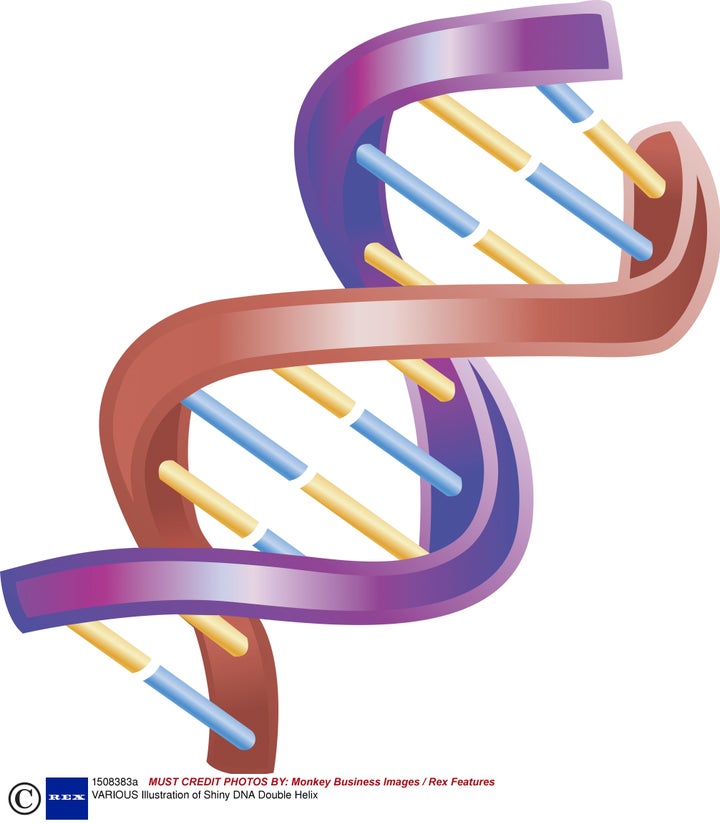
In a very complimentary blog entitled "Seeing Past Darwin II: James A. Shapiro," James Barham poses the following question and then chides me gently for not answering it:
But if natural selection cannot explain natural genetic engineering, what can?
On this point, Shapiro is admittedly not as forthcoming as one might like. One can see why his opponents -- Darwinists and intelligent design advocates alike -- become impatient with him here. While he is quite correct to point out the philosophical prejudices of his Darwinist opponents, he nowhere comes to grips with the philosophical problem that he inherits from them -- namely, how can teleology and intelligent agency be understood scientifically?
I think there is both an epistemological confusion and a misplaced expectation in Barham's criticism. It may be informative for me to try to explain how I see things.
Natural genetic engineering, the biochemical capacities cells have for remodeling their genomes, does not need explanation. The reality of cells' ability to restructure their DNA has been documented in a long series of empirical observations detailed in my book, Evolution: A View from the 21st Century, and on my website.
Natural genetic engineering is ubiquitous in cells as we know them. It is the collection of cellular processes that create genome variation, the raw material of evolution. Natural selection is a separate process that works in a purifying way to eliminate misfits after natural genetic engineering has generated hereditary variations that need to be tested for their biological utility. (For more detail, see my HuffPost blog posts "What Is the Key to a Realistic Theory of Evolution?" and "Further Comments on 'What Is the Key to a Realistic Theory of Evolution?'")
Apparently, part of what Barham meant to ask was how natural genetic engineering systems evolved in the first place. That is a deep question on two levels, and on one level we cannot yet answer it.
On the first level we do not know why natural genetic engineering systems are as successful as they have been in generating useful evolutionary novelties in the history of life. As I argued in my book, the combinatorial nature of genetically engineered novelties based on preexisting functional modules is vastly superior to random mutation as a search algorithm for exploring the unlimited expanses of possible genome space. (I will soon have more to say about this in a blog on protein evolution.)
But more is needed to account in detail for some of the major evolutionary leaps. These include events like the appearance of bilaterally symmetric animals and rapid speciation following whole genome duplications in protists, fungi, plants, and vertebrates. This gap in our scientific understanding is why we need to learn more about how cell control circuits operate to enhance the genome search process. That is an item on the agenda for early-21st-century research.
On the second level Barham has implicitly included an origin-of-life question: When in the history of the first cells did natural genetic engineering appear? My own guess is quite early. I think the ability to change the genome is a basic vital function. Change is repeatedly necessary to adapt to a dynamic environment, as the fossil record demonstrates so well. Life is the story of organisms that succeeded in changing in response to periodic evolutionary crises.
I took pains in the book to say that origins-of-life questions are still beyond rigorous scientific investigation. We do not yet understand enough about life as we find it. This gap in understanding includes the issues of agency and teleology so fascinating to Barham:
I have a modest proposal for Professor Shapiro.
To his opponents, the way he invokes "natural genetic engineering" will reek of "vitalism," while he himself sees it as plain, empirically substantiated fact. He could go a long way towards satisfying his opponents by making the following distinction explicit:
"Vitalism" has two very different meanings: Either it can mean that life differs from nonlife in fundamental ways -- without further specification of what the difference consists in, leaving the possibility of scientific inquiry into the nature of the difference open. Or else it can mean the dogmatic assertion that science is in principle powerless to inquire into the difference, and will always remain so.
Shapiro ought to make it clear that he endorses the scientific form of vitalism -- which assumes that science will eventually make headway on the problem of what makes life essentially different from nonlife -- and that he resolutely rejects the anti-scientific form of the doctrine.
I am all for science at the empirical and conceptual level, and I recognize the real issues scientific vitalists attempted to resolve. But I decline Barham's invitation, at least for the time being.
Unfortunately, scientific vitalism, as championed by serious people like Hans Driesch, acquired a bad name in the early 20th century. Reliable observations definitely indicated sensory and control processes at work in embryonic development, wound healing and regeneration following experimental disruption. But the vitalists had no objective way to describe the cellular "home" of these capabilities.
Molecular biology has pointed us toward solutions by uncovering complex arrays of sensory, signaling, and decision-making networks in all living cells. In many cases we can enumerate network components and interactions, although in no case can we be sure the list is complete.
How these immensely sophisticated analog molecular networks operate is still a mystery. We can look to electronic computation systems for models and ideas. But I am not aware of any truly original conceptual understanding of how cell circuits operate that goes beyond the limits of current digital computers, which have neither the flexibility nor robustness of cell networks (let alone the capacity to reproduce).
This gap in understanding may just be an illusion resulting from my own ignorance. I hope James Barham can enlighten me. But I also hope he will grant me the right to remain skeptical until convinced. That is the scientific method, after all.